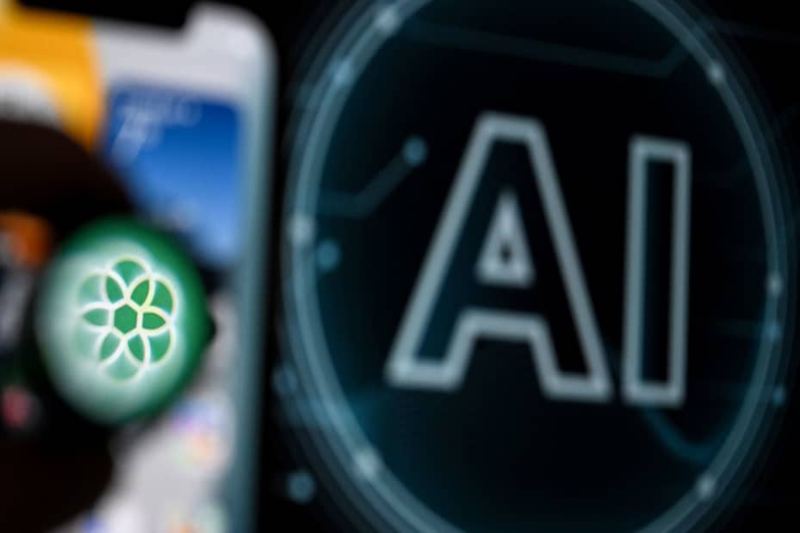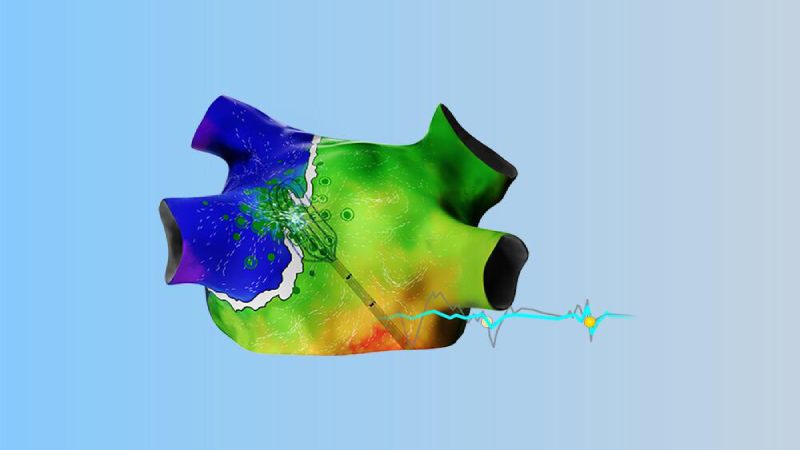The nations that make up the European Union are about to enact the first comprehensive set of regulations in history governing artificial intelligence (AI). In order to guarantee that AI systems are secure, uphold basic rights, and adhere to EU values, the EU AI Act imposes the strictest regulations on the riskiest AI models.
Professor Rishi Bommasani of Stanford University in California, who studies the social effects of artificial intelligence, argues that the act “is enormously consequential, in terms of shaping how we think about AI regulation and setting a precedent.”
The law is being passed as AI advances quickly. New iterations of generative AI models, like GPT, which drives ChatGPT and was developed by OpenAI in San Francisco, California, are anticipated to be released this year. In the meanwhile, systems that are already in place are being exploited for fraudulent schemes and the spread of false information. The commercial use of AI is already governed by a hodgepodge of rules in China, and US regulation is in the works. The first AI executive order in US history was signed by President Joe Biden in October of last year, mandating federal agencies to take steps to control the dangers associated with AI.
The European Parliament, one of the EU’s three legislative organs, must now officially approve the legislation, which was passed by the governments of the member states on February 2. This is anticipated to happen in April. The law will go into effect in 2026 if the text stays the same, as observers of the policy anticipate.
While some scientists applaud the policy for its potential to promote open science, others are concerned that it would impede creativity. Nature investigates the impact of the law on science.
How is The EU Going About This?
The European Union (EU) has opted to govern AI models according to their potential danger. This entails imposing more stringent laws on riskier applications and establishing distinct regulations for general-purpose AI models like GPT, which have a wide range of unanticipated applications.
The rule prohibits artificial intelligence (AI) systems that pose “unacceptable risk,” such as those that infer sensitive traits from biometric data. Some requirements must be met by high-risk applications, such as employing AI in recruiting and law enforcement. For instance, developers must demonstrate that their models are secure, transparent, and easy for users to understand, as well as that they respect privacy laws and do not discriminate. Developers of lower-risk AI technologies will nevertheless need to notify users when they engage with content generated by AI. Models operating within the EU are subject to the law, and any company that breaks the regulations faces fines of up to 7% of its yearly worldwide profits.
“I think it’s a good approach,” says Dirk Hovy, a computer scientist at Bocconi University in Milan, Italy. AI has quickly become powerful and ubiquitous, he says. “Putting a framework up to guide its use and development makes absolute sense.”
Some believe that the laws don’t go far enough, leaving “gaping” exemptions for national security and military needs, as well as openings for the use of AI in immigration and law enforcement, according to Kilian Vieth-Ditlmann, a political scientist at AlgorithmWatch, a non-profit organization based in Berlin that monitors how automation affects society.
To What Extent Will Researchers Be Impacted?
Very little, in theory. The draft legislation was amended by the European Parliament last year to include a provision exempting AI models created just for prototyping, research, or development. According to Joanna Bryson, a researcher at the Hertie School in Berlin who examines AI and regulation, the EU has made great efforts to ensure that the act has no detrimental effects on research. “They truly don’t want to stop innovation, so I’m surprised if there will be any issues.”
According to Hovy, the act is still likely to have an impact since it will force academics to consider issues of transparency, model reporting, and potential biases. He believes that “it will filter down and foster good practice.”
Physician Robert Kaczmarczyk of the Technical University of Munich, Germany, is concerned that the law may hinder small businesses that drive research and may require them to set up internal procedures in order to comply with regulations. He is also co-founder of LAION (Large-scale Artificial Intelligence Open Network), a non-profit dedicated to democratizing machine learning. “It is very difficult for a small business to adapt,” he says.
What Does It Signify For Strong Models Like GPT?
Following a contentious discussion, legislators decided to place strong general-purpose models in their own two-tier category and regulate them, including generative models that produce code, images, and videos.
Except for those used exclusively for study or those released under an open-source license, all general-purpose models are covered under the first tier. These will have to comply with transparency standards, which include revealing their training procedures and energy usage, and will have to demonstrate that they honor copyright rights.
General-purpose models that are considered to have “high-impact capabilities” and a higher “systemic risk” will fall under the second, much tighter category. According to Bommasani, these models will be subject to “some pretty significant obligations,” such as thorough cybersecurity and safety inspections. It will be required of developers to disclose information about their data sources and architecture.
According to the EU, “big” essentially means “dangerous”: a model is considered high impact if it requires more than 1025 FLOPs (the total number of computer operations) for training. It’s a high hurdle, according to Bommasani, because training a model with that level of computational power would cost between US$50 million and $100 million. It should contain models like OpenAI’s current model, GPT-4, and may also incorporate next versions of LLaMA, Meta’s open-source competitor. Research-only models are immune from regulation, although open-source models in this tier are.
Some scientists would rather concentrate on how AI models are utilized than on controlling them. Jenia Jitsev, another co-founder of LAION and an AI researcher at the Jülich Supercomputing Center in Germany, asserts that “smarter and more capable does not mean more harm.” According to Jitsev, there is no scientific basis for basing regulation on any capability metric. They use the example that any chemical requiring more than a particular number of person-hours is risky. “This is how unproductive it is.”
Will This Support AI That is Open-source?
Advocates of open-source software and EU politicians hope so. According to Hovy, the act encourages the replication, transparency, and availability of AI material, which is equivalent to “reading off the manifesto of the open-source movement.” According to Bommasani, there are models that are more open than others, and it’s still unknown how the act’s language will be understood. However, he believes that general-purpose models—like LLaMA-2 and those from the Paris start-up Mistral AI—are intended to be exempt by the legislators.
According to Bommasani, the EU’s plan for promoting open-source AI differs significantly from the US approach. “The EU argues that in order for the EU to compete with the US and China, open source will be essential.”
How Will The Act Be Put Into Effect?
Under the guidance of impartial experts, the European Commission intends to establish an AI Office to supervise general-purpose models. The office will create methods for assessing these models’ capabilities and keeping an eye on associated hazards. However, Jitsev wonders how a public organization will have the means to sufficiently review submissions, even if businesses like OpenAI follow the rules and submit, for instance, their massive data sets. They assert that “the demand to be transparent is very important.” However, there wasn’t much consideration given to how these operations needed to be carried out.


 Entertainment4 weeks ago
Entertainment4 weeks ago
 Business3 weeks ago
Business3 weeks ago
 Business3 weeks ago
Business3 weeks ago
 Business3 weeks ago
Business3 weeks ago
 Technology4 weeks ago
Technology4 weeks ago
 Technology3 weeks ago
Technology3 weeks ago
 Technology2 weeks ago
Technology2 weeks ago
 Business2 weeks ago
Business2 weeks ago


